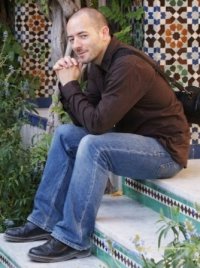Dogen now very kindly uses a very modern-seeming device - Frequently Asked Questions.
Text
1: I have heard of the superior merits of zazen. But an ordinary person
will have doubts and say there are many gates in Buddhism. Why do you urge only
zazen?
A: Because it is the right gate to Buddhism - this is my answer to
him.
2: Why is it the only right gate?
A: The great teacher Sakyamuni
handed down this unexcelled method of enlightenment. And the Tathagatas of the
past, present, and future were similarly enlightened by zazen. They, too,
transmitted it as the right gate. The patriarchs in India and China were also
enlightened by zazen. For this reason, I now indicate the right gate for human
beings and heaven.
Interpretation
Dogen's claim that zazen is the only way to realise enlightenment is quite radical and controversial. The Pali Canon teaches that the path of Buddhism is an Eightfold Path:
Right View
Right Intention
Right Speech
Right Action
Right Livelihood
Right Effort
Right Mindfulness
Right Concentration
Zazen only covers the last two or maybe three of these. Why does Dogen emphasise a 'Onefold Path'? Also there were (and are) schools with similar claims about their own methods - in Rinzai Zen, satori by koan practice (but still supported by zazen) is the gate to Buddhism and in Pure Land Buddhism chanting the name of Amida Buddha is the gate. Dogen here validates zazen as the only method of realisation by invoking the authority of the lineage of patriarchs back to Shakyamuni Buddha, claiming that zazen was the method of realisation for them all. But it isn't that he says the other aspects of the path are not necessary, - elsewhere he talks of the importance of the precepts, and of following a disciplines monk's life, and he uses koans in his writings - it's just that he gives zazen paramount importance.
